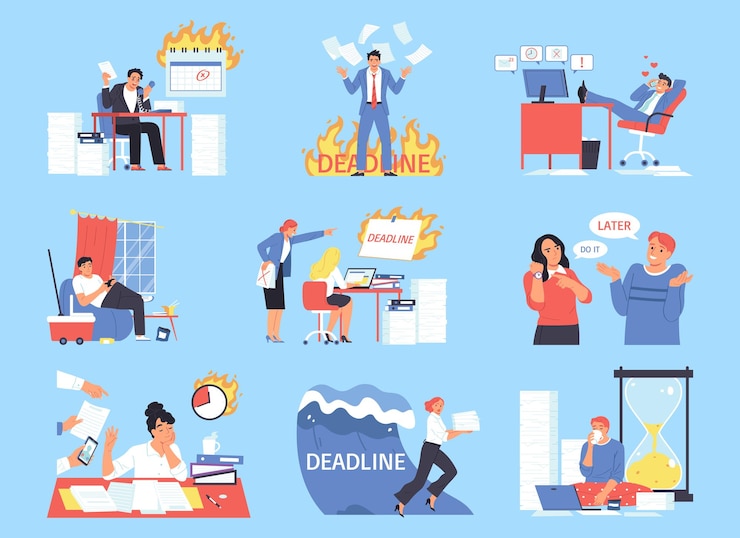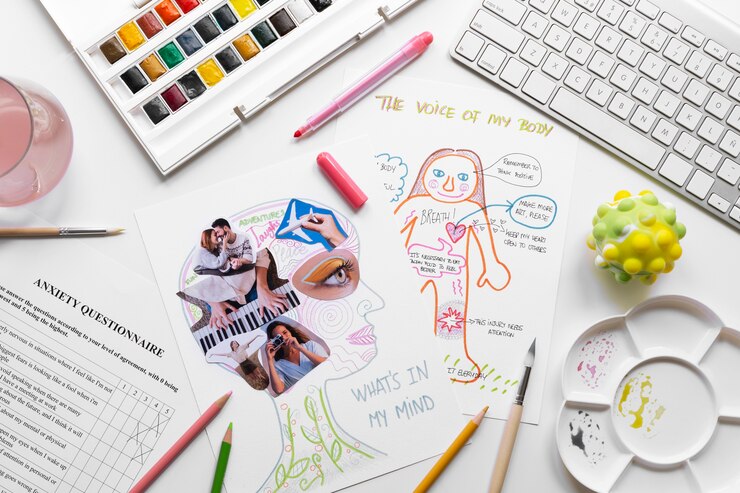
Angela understands exactly what you’re going through. If you’re looking for more support than what Google can provide, consider working with Angela as your virtual parent coach.
**Table of Contents**
**Introduction:** Discover effective strategies for teaching a child to manage anger, as explained by a child therapist, and understand why these methods work throughout life.
Sometimes, my 4-year-old comes downstairs in his pull-up and asks, “Can I have some candy for breakfast?” It’s amusing that he doesn’t seem to recall my answer from the previous 23 times he’s asked this at 6:30 AM.
Candy has never been on our breakfast menu, but he continues to try every now and then. As the dreaded “No” starts to form, I can predict the next event: a burst of pure 4-year-old frustration. I sometimes wonder if, deep down, he knows he’ll hear ‘no’ and uses it as a way to vent some energy.
Even before I’ve finished my response, the tears and shouting begin. Managing a child’s anger can be one of the most challenging parts of raising little ones.
Parents often find themselves reacting in two ways when faced with their child’s anger: either getting frustrated and engaging in a power struggle or panicking and trying to calm things down with an ineffective “calm down!” We’ve all been there, probably because we weren’t taught how to deal with emotions as kids ourselves. It’s time to help our children manage their anger, just like we teach them essential life skills like tying shoes or brushing teeth.
Understanding and handling children’s anger can be complex. Although anger is a basic emotion everyone experiences, it often surfaces as a ‘secondary’ emotion, triggered by other feelings underneath.
For instance, when my child requests candy in the morning, he might first feel insecure (maybe needing boundaries), powerless (making demands known), disappointed (missing the taste), or simply tired (not thinking clearly).
Think of helping your child manage anger as a journey, not a destination. They’ll need ongoing guidance to form healthy relationships with their emotions, especially tricky ones like anger. These strategies can help you provide your child with a roadmap for handling anger now and into adulthood.
**Special Offer:** My ‘Calm Kids Set’ is 40% off for a limited time! It provides all the tools to help your child master their emotions.
Anger can be quite overwhelming for children. The physiological changes that accompany it can hijack their ability to think clearly. Teach your child that anger is a natural signal that something feels off, which can help make the feeling less overwhelming.
Having a conversation about these intense emotions during a meltdown isn’t effective. When a child is emotionally overwhelmed, they can’t process much of what you say. The emotional center of the brain takes charge, making it hard for them to think. So, it’s important to talk about emotions and coping skills in calmer times, allowing them to remember and implement these life-changing skills.
The best way to support an angry child is for you, the parent, to remain calm. If you lose control, it can be frightening for them. Kids see you as their guide, so maintaining your composure sets an important example.
Offering your child a rich vocabulary to express their feelings helps them understand and communicate their emotions appropriately. Without this awareness, acknowledging specific feelings can be tough.
Through co-regulation, you support your child as they navigate their anger, encouraging them to regain control. This involves actively helping them calm down and eventually develop self-regulation skills necessary for adulthood.
Modeling healthy ways to process anger is vital. Show, don’t just tell, your child how to handle big emotions responsibly by taking deep breaths or pausing when things get intense.
Helping your child become aware of how their body reacts to anger is a crucial step. By recognizing physical signs, they can activate calming strategies early on.
**Related Resource:** Check out our A-Z Guide on Teaching Your Child Emotional Regulation from a Child Therapist.
Visual aids can be your best tool when your child is upset, as they can process visual information more easily than verbal commands. Simple gestures, like reaching for a calm down basket, are often more effective.
Supporting your child’s emotional growth is key to their success in interacting with others and the world. If children learn to express and manage anger healthily, they’re better equipped to handle life’s challenges and maintain control.
We all know our world could greatly benefit from better ways to handle anger, so why not start with the next generation?
Give your child the essential skills for life.
Join 30,000 other dedicated parents who receive the Parents with Confidence weekly email. Sign up for a FREE 5-day email course where you’ll learn how to:
– Protect your child’s self-esteem
– Gain their cooperation more effectively
– Teach them the most valuable skills for the future
– Discipline without causing emotional harm
**Sign Up Now**—unsubscribe anytime.
**Related Articles You’ll Find Helpful:**



